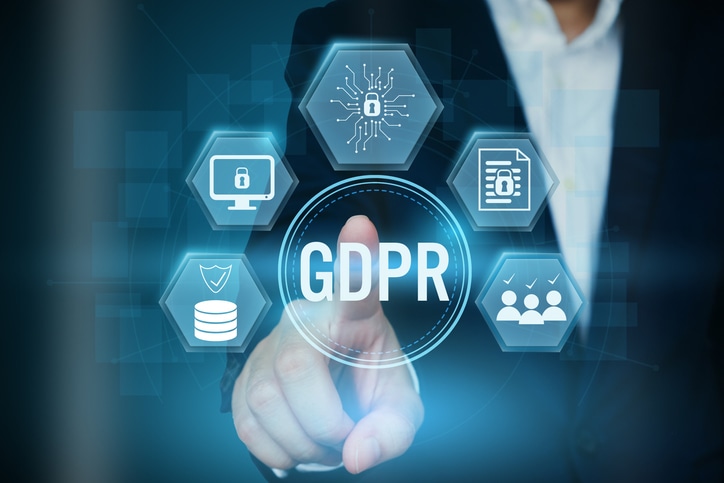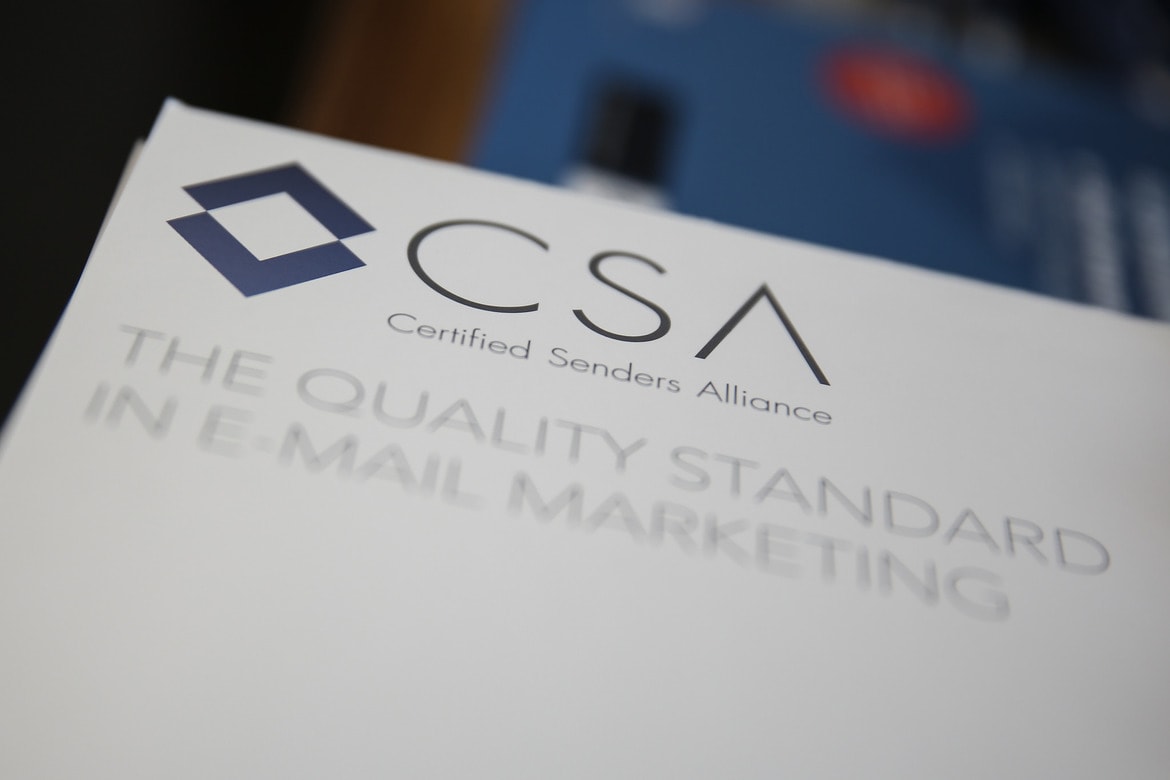
Email Authentication in the Financial Sector
Protection Against Cyber Threats and Ensuring Inbox Delivery: In today’s fast-paced and digitalised world, communication security is paramount. For many companies, email is a central […]

Protection Against Cyber Threats and Ensuring Inbox Delivery: In today’s fast-paced and digitalised world, communication security is paramount. For many companies, email is a central […]

What companies now have to consider when communicating by email with their customers Shops have closed, restaurants too, hotels are empty – the Corona pandemic […]

A good reputation, relevant content, and consistent list hygiene are the basis Resolutions belong to the New Year like fireworks and cava, but most of […]

BIMI is an acronym of Brand Indicators for Message Identification. It is an open standardcreated jointly by several big players in the email market, such […]

Once you’ve ruined your reputation, life gets a lot simpler. This might be the case for private individuals, but it’s a different story in business. […]

Since its emergence, the email has established itself as a fast and uncomplicated communication medium. Alongside pure text, the email is also suitable for quickly […]

Consent for the sending of marketing emails is only valid if the statement of purpose issufficiently specific and the consent is given based on an […]

It is standard practice for Email Service Providers (ESPs) to maintain client-specific or even global suppression lists (do-not-contact lists), in order to prevent the importation […]

Improve the delivery & deliverability of your commercial emails: Increase your inbox placement rate and reduce the impact of spam filtering on your communication. Protect […]

In its decision from 15.02.2018 (Az.: 29U2799/17), the Higher Regional Court in Munich needed to deal with the question of whether the sending of a […]
Protection Against Cyber Threats and Ensuring Inbox Delivery: In today’s fast-paced and digitalised world, communication security is paramount. For many companies, email is a central means of communication in informing customers, staying in contact with them, and managing business processes – including in the financial sector. In the financial sector in particular – such as in banks and insurance companies – sending commercial emails carries significant risks, both for the company and its customers. The particularly sensitive customer data makes these institutions prime targets for sophisticated email phishing attacks by cybercriminals.
BIMI is an acronym of Brand Indicators for Message Identification. It is an open standardcreated jointly by several big players in the email market, such as Google, VerizonMedia/Yahoo, and Linkedin. In the past, several mailbox providers (MBP) developed individual techniques to get abrand’s logo into the recipient’s inbox. This approach has several disadvantages:
Once you’ve ruined your reputation, life gets a lot simpler. This might be the case for private individuals, but it’s a different story in business. Mail-order retailers, service providers, and the banking industry are profoundly dependent on their good reputation, and are therefore also intent on maintaining and optimizing it on the Internet. If their customers become the victims of a “Man in the Middle” attack, this goodreputation can go down the drain in a matter of moments. In a “Man in the Middle” attack, the attacker manages to get between the customer and the business, and impersonates the business. Such an attack is also possible in the other direction, targeting the business as a supposedly trusted customer.
Since its emergence, the email has established itself as a fast and uncomplicated communication medium. Alongside pure text, the email is also suitable for quickly exchanging small files like text documents and images. Although there are now a range of cloud-based serviceson offer for data exchange, the email is often still the first choice when data like documents and pictures need to be sentquickly to one or more recipients.
Consent for the sending of marketing emails is only valid if the statement of purpose issufficiently specific and the consent is given based on an understanding of the situation.However, there are frequently uncertainties regarding the formulation of the consentdeclaration, and these may indeed mean that it does not correspond to therequirements mentioned above. These uncertainties are compounded in the case ofcompetitions involving a variety of sponsors.
It is standard practice for Email Service Providers (ESPs) to maintain client-specific or even global suppression lists (do-not-contact lists), in order to prevent the importation into the system of email addresses for which contact must under no circumstances be re- established. This may be because the recipient has complained in the past and has made the desire not to receive further emails from this sender explicit.
Improve the delivery & deliverability of your commercial emails: Increase your inbox placement rate and reduce the impact of spam filtering on your communication. Protect yourself against legal and financial risks through complete compliance with legal standard. Protect your reputation through early warning from the eco Complaints Office and daily Spam Trap Reports. Strengthen your trustworthiness with the CSA seal of quality
In its decision from 15.02.2018 (Az.: 29U2799/17), the Higher Regional Court in Munich needed to deal with the question of whether the sending of a marketing email is permissible from the operator of a dating site to members who had registered without charge. The marketing email was sent without the express consent of the members who had registered without charge. As a result,it needed to be decided whether this usage of email addresses for marketing purposes was permissible according to §7 Para. 3 UWG (an existing customer relationship). The legal interpretations presented in the court’s decision are not undisputed and conflict at least in part with other court decisions.